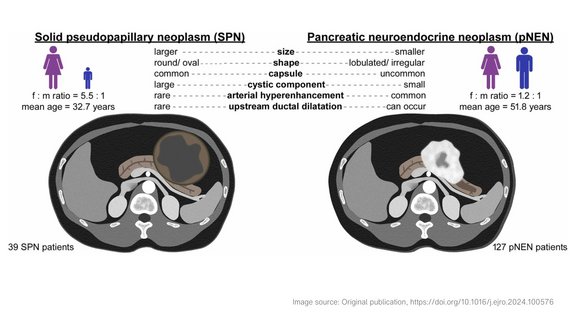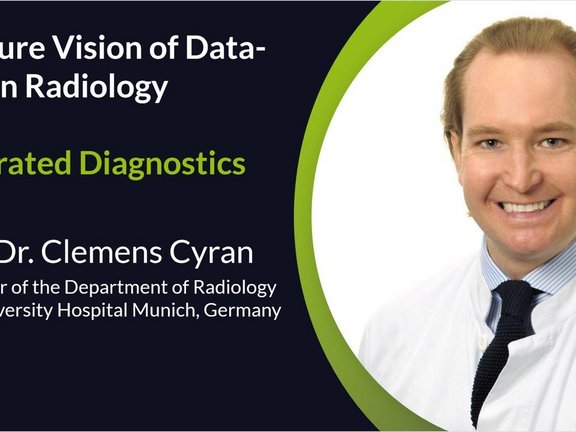Medical imaging contributes key diagnostic information to the evidence-based therapeutic decision process. The transformation of radiological images into a digital stream of quantitative diagnostic metadata allows for systematic data integration with other sources of diagnostic data from pathology and laboratory medicine as the basis for clinical decision guidance systems.
In order to unleash the full potential of radiological data, it is indispensable to find a new approach to diagnostic data management. What can such an approach look like and what are the benefits that arise from it? Throughout this talk that first aired at the ECR 2021, Prof. Dr. Clemens Cyran, Vice Chair of the Department of Radiology at the LMU University Hospitals Munich, and Steffen Rupp, Sales Director at Mint Medical, explore a future vision of data-driven radiology and integrated diagnostics. Find out how this vision can become a reality by taking the first steps today.
A Future Vision of Data-Driven Radiology | Integrated Diagnostics
Related Resources
Related Resources

Key Imaging Features for Differentiating Rare Pancreatic Tumors
Solid pseudopapillary neoplasms (SPN), also known as Frantz tumors, are rare tumors of the pancreas. Due to overlapping features of SPN and pancreatic…

Heidelberg University Hospital: Key Imaging Features to Distinguish Solid Pseudopapillary Neoplasms from Pancreatic Neuroendocrine Neoplasms
Solid pseudopapillary neoplasms (SPNs), or Frantz tumors, are rare pancreatic tumors accounting for 2-3% of all pancreatic neoplasms. These tumors…

2,237 Patients, 11 Hospitals, four HCC Criteria: A Comparison Study
A recent study, conducted across 11 South Korean hospitals, compared the diagnostic performance of four hepatocellular carcinoma (HCC) diagnostic…
